1. Lead in Face Powder

For years, lead was a key ingredient in face powders, and it wasn’t just used in small amounts. In fact, it was often added to enhance the color and give a smoother, more flawless finish. What people didn’t know was that lead is highly toxic, and regular exposure could result in lead poisoning, causing serious health problems like kidney damage and developmental delays. While it may have helped improve the appearance of skin in the short term, the long-term effects were far from glamorous shares the Conversation.
It wasn’t until the early 20th century that people started realizing the dangers of lead exposure. Fortunately, modern cosmetics have moved away from using lead, especially with the development of safer, non-toxic alternatives. The push for better regulations and awareness around cosmetics was a game-changer. Still, it’s a reminder of just how much we didn’t know about the products we used in the past adds ThoughtCo.
2. Arsenic in Skin Whitening Products
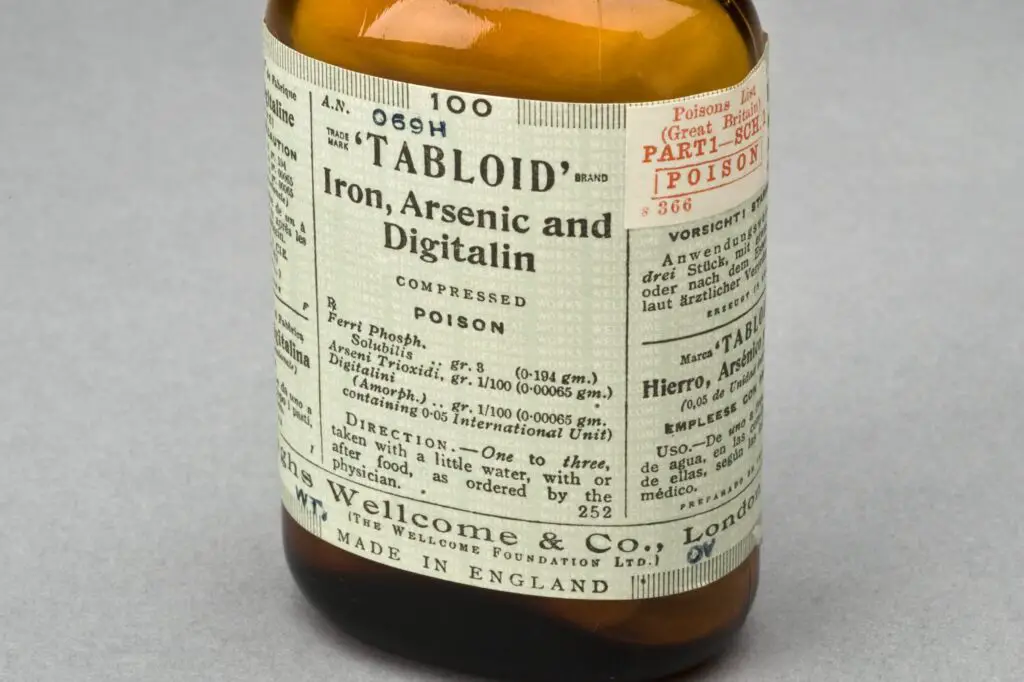
Arsenic, a known poison, was once a popular ingredient in some skin whitening and complexion-enhancing products. People used it in the hopes of achieving a lighter, more even skin tone, but it came at a very high cost. Over time, the toxic effects of arsenic became more evident, leading to various skin issues, organ damage, and even death in extreme cases. Arsenic was believed to improve the appearance of the skin, but the risks far outweighed the benefits says GEF.
While it was mostly phased out in the early 20th century, some cultures still saw it as a quick fix for skin issues. Luckily, science and more stringent regulations have helped to eliminate its presence in cosmetics. Today, we have many safer ingredients for skin lightening, none of which come with arsenic’s deadly reputation. It’s shocking to think about how something so dangerous was once considered a beauty treatment explains VICE.
3. Mercury in Skin Lighteners

Mercury, another highly toxic substance, was frequently used in skin lightening products and face creams. It was included for its supposed ability to brighten the skin and reduce dark spots, but it caused far more harm than good. Prolonged exposure to mercury can result in serious neurological and kidney damage, not to mention skin rashes and irritations. Even a small amount over time could lead to mercury poisoning, which can be life-threatening.
Thankfully, mercury has been banned in most cosmetic products today due to its known harmful effects. As awareness grew about the risks, its use in beauty products became increasingly frowned upon, and safer alternatives have taken its place. The shift away from mercury has been a crucial part of making cosmetics safer, and we can now enjoy effective, non-toxic skin care without the threat of heavy metal exposure.
4. Radium in Face Powders

In the early 20th century, radium was a trendy ingredient in face powders and even in some body lotions. Advertised as a way to give the skin a glowing, youthful appearance, radium was actually radioactive, and using it could lead to severe radiation poisoning. Many of those who worked with radium or used products containing it suffered from cancers, particularly of the jawbone and other bones. People didn’t know that radiation exposure could cause such harm.
The use of radium in cosmetics slowly came to an end after the connection between radiation and cancer became undeniable. The horror stories of the “Radium Girls,” factory workers who suffered from radiation poisoning, made it clear just how dangerous radium was. Today, radium is strictly regulated and no longer used in beauty products. It’s a chilling reminder of how sometimes the pursuit of beauty can come with deadly consequences.
5. Formaldehyde in Hair Treatments
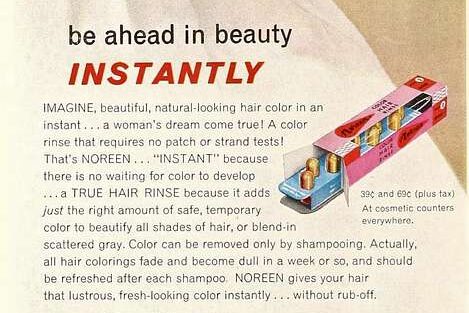
Formaldehyde, a substance commonly used in preserving biological specimens, was once a staple in hair straightening treatments and other hair care products. It was added to help keep hair sleek and shiny, but it was also a known carcinogen, capable of causing cancer with prolonged exposure. Inhalation of formaldehyde vapors during treatments could lead to respiratory issues, skin irritation, and even long-term health problems. Many salons used formaldehyde-laced treatments without fully understanding the risks involved.
It wasn’t until the 2000s that awareness about formaldehyde in hair products grew, and new regulations began limiting its use. Today, many salons have switched to formaldehyde-free alternatives, offering treatments that are much safer for both stylists and clients. While it may have promised a shiny new look, the dangers of formaldehyde simply weren’t worth the cost, and thankfully, it’s now a thing of the past.
6. Coal Tar in Hair Dye
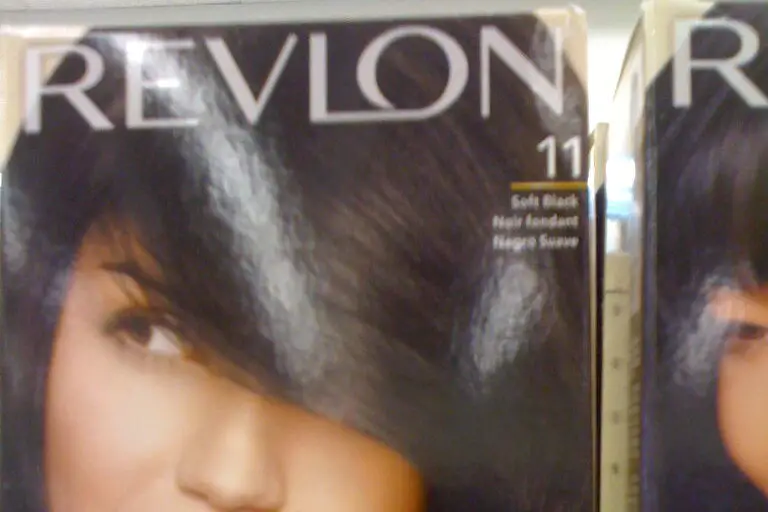
Coal tar, a byproduct of coal, was once a common ingredient in hair dyes, especially in darker shades. It was known for its ability to create rich, lasting colors, but it also contained harmful chemicals, including carcinogens. Prolonged use of hair dye containing coal tar was linked to an increased risk of cancer, particularly for those who worked with the dyes regularly. It wasn’t until the 1970s that the public became aware of its risks, and regulations around its use began to change.
Today, coal tar has been replaced by safer alternatives in most hair dyes. Modern formulations are much less harmful, and many are free of the toxic chemicals once found in older products. This shift has made coloring our hair a lot less dangerous, allowing us to enjoy the fun of changing our look without the worry of harmful long-term effects.
7. Sodium Bicarbonate in Toothpaste
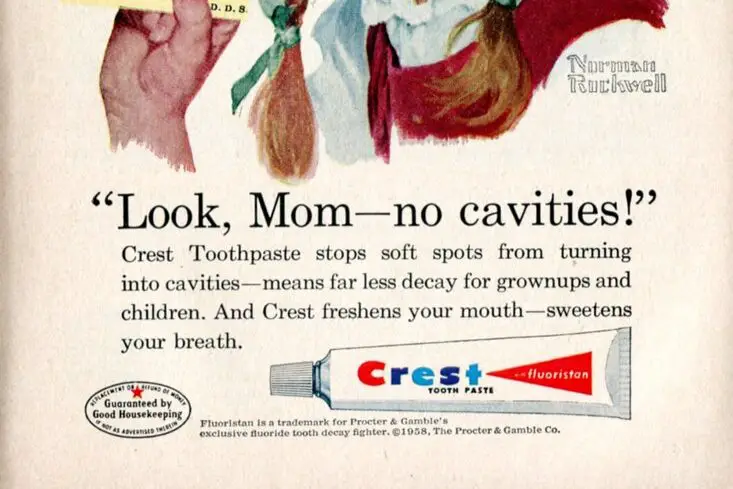
Sodium bicarbonate, or baking soda, was once touted as an effective ingredient in toothpaste for whitening teeth and removing plaque. While it’s still used in some toothpastes today, it was much more common in older formulations. The problem with sodium bicarbonate is that it’s abrasive, and over time, it can wear down tooth enamel. This can lead to increased tooth sensitivity and a greater risk of cavities.
Luckily, toothpaste manufacturers have since moved on to gentler, more effective ingredients that clean teeth without damaging them. Modern formulations offer better whitening options and protection against cavities without the abrasiveness of baking soda. While baking soda may have worked in the past, it’s no longer a go-to for tooth care in today’s products.
8. Toluene in Nail Polish

Toluene, a solvent used in nail polishes, was once included to help the polish apply smoothly and evenly. However, prolonged exposure to toluene can cause headaches, dizziness, and even liver and kidney damage. It’s also been linked to developmental issues, particularly when pregnant women are exposed to it. Despite these concerns, toluene was widely used in nail products for many years before the risks were fully understood.
Today, many nail polish brands offer “toluene-free” options, opting for safer alternatives that still provide great coverage and long-lasting wear. While toluene made the application process easier, the health risks were far too significant to ignore. Thanks to increased awareness and improved formulations, we now have a much safer and healthier choice when it comes to nail care.
9. Synthetic Dyes in Lipstick
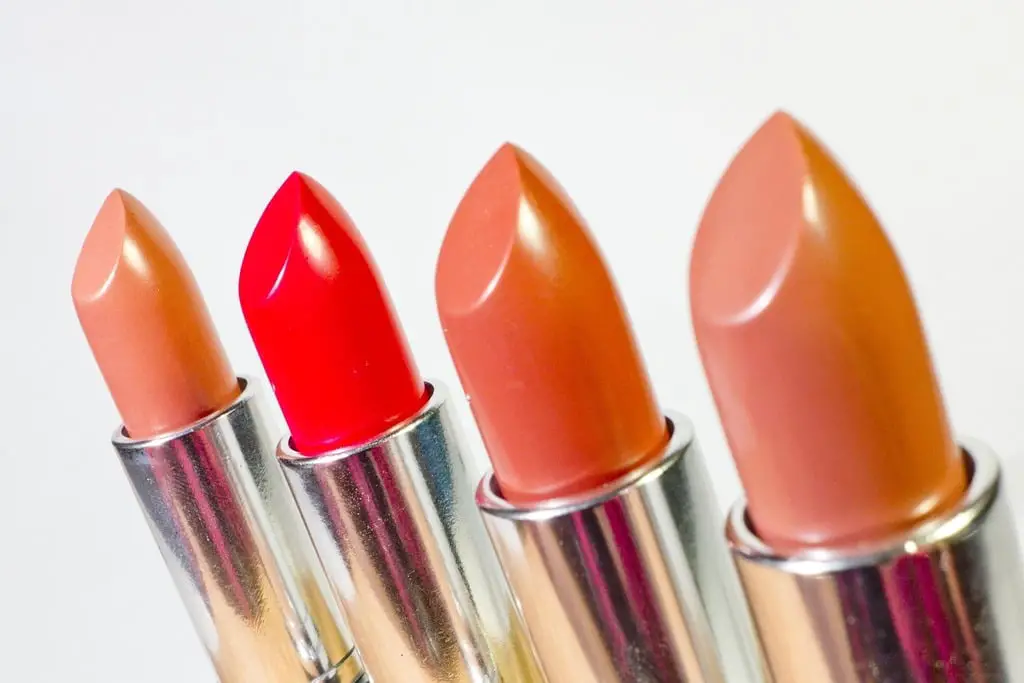
Synthetic dyes were once a major component in creating bold, bright lipstick colors. These dyes were often made from harmful chemicals, including some that were derived from petroleum. Not only did these synthetic dyes cause irritation in some individuals, but they were also linked to various health problems, including cancer and allergic reactions. Despite these risks, they were widely used to achieve vibrant colors for lips.
In the 21st century, most cosmetic companies have turned to safer, more natural alternatives in their lipsticks. While the vibrant reds and pinks may not be as chemically intense, today’s lipstick formulas are safer for the skin. The shift to natural dyes and ingredients has allowed people to enjoy bold lip colors without worrying about harmful chemicals.
10. Napthalene in Deodorants
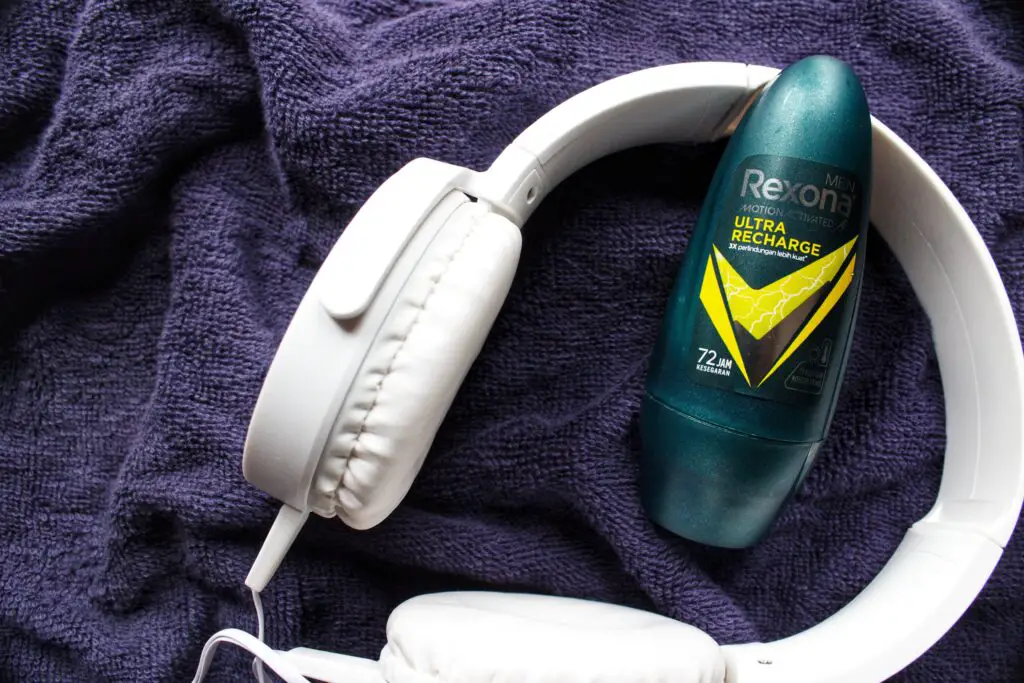
Napthalene, a chemical commonly found in mothballs, was once used in some deodorants to keep the underarms smelling fresh. While it worked as a deodorizing agent, it also came with a host of toxic side effects. Inhaling or absorbing napthalene can cause respiratory issues, skin irritation, and even damage to red blood cells. Despite these risks, it was a popular ingredient in deodorants for much of the 20th century.
Today, napthalene is banned in most deodorants, and safer alternatives have replaced it. Manufacturers have turned to natural scents, such as lavender or citrus, and other non-toxic ingredients to keep people feeling fresh without the dangers of napthalene. It’s a relief to know that today’s deodorants are not only effective but also safer for daily use.
11. Beryllium in Cosmetics

Beryllium, a metal used in some early cosmetics, was valued for its ability to create a shimmering effect in makeup. However, it was also highly toxic, especially when inhaled or ingested, leading to serious lung disease and even death in some cases. While beryllium exposure from cosmetics was rare, it was still a potential danger for workers in the industry who were exposed to it on a regular basis.
Eventually, beryllium was phased out of most cosmetic formulations, with better, safer alternatives taking its place. Today, we have a wide range of shimmering pigments that don’t pose any health risks. The elimination of beryllium from beauty products was a crucial step in making the industry safer for everyone involved.
12. Methanol in Lip Balm

Methanol, a form of alcohol, was once a common ingredient in lip balms due to its cooling and soothing properties. However, methanol can be toxic when absorbed through the skin, potentially causing skin irritation or damage. It also dries out the skin, creating a vicious cycle where the lips feel the need for more balm to compensate for the drying effect.
Today, most lip balms are free of methanol and use other, more moisturizing ingredients, like beeswax or shea butter. These new formulations hydrate the lips without the negative side effects of methanol. While methanol might have been popular in older lip products, it’s no longer something anyone has to worry about in their daily skincare routine.
13. Talc in Baby Powder
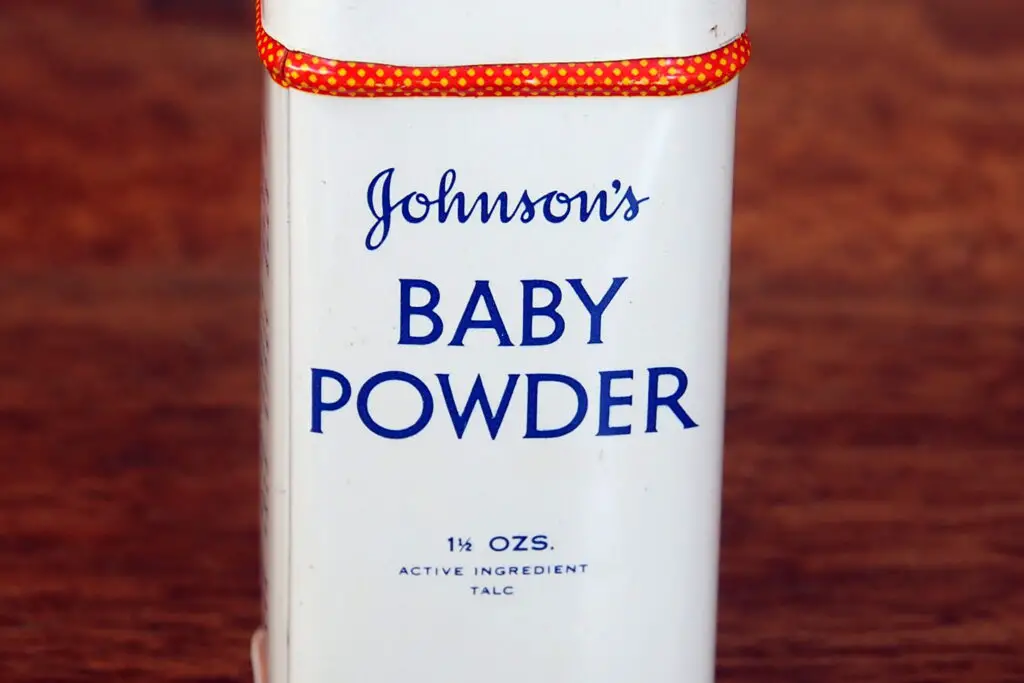
Talc, once commonly found in baby powder, has long been associated with respiratory problems and even cancer. When inhaled, talc particles can cause lung damage and have been linked to ovarian cancer when used around the genital area. Despite these risks, talc was widely used for its ability to absorb moisture and keep skin dry.
In recent years, talc has been replaced with safer alternatives like cornstarch in baby powders. Manufacturers have also faced lawsuits over the health risks of talc, leading to a dramatic shift in the industry. Now, many baby powder products proudly advertise being “talc-free” to reassure parents about the safety of their children’s skincare. It’s a good reminder of how harmful ingredients can go unnoticed until they cause significant damage.
